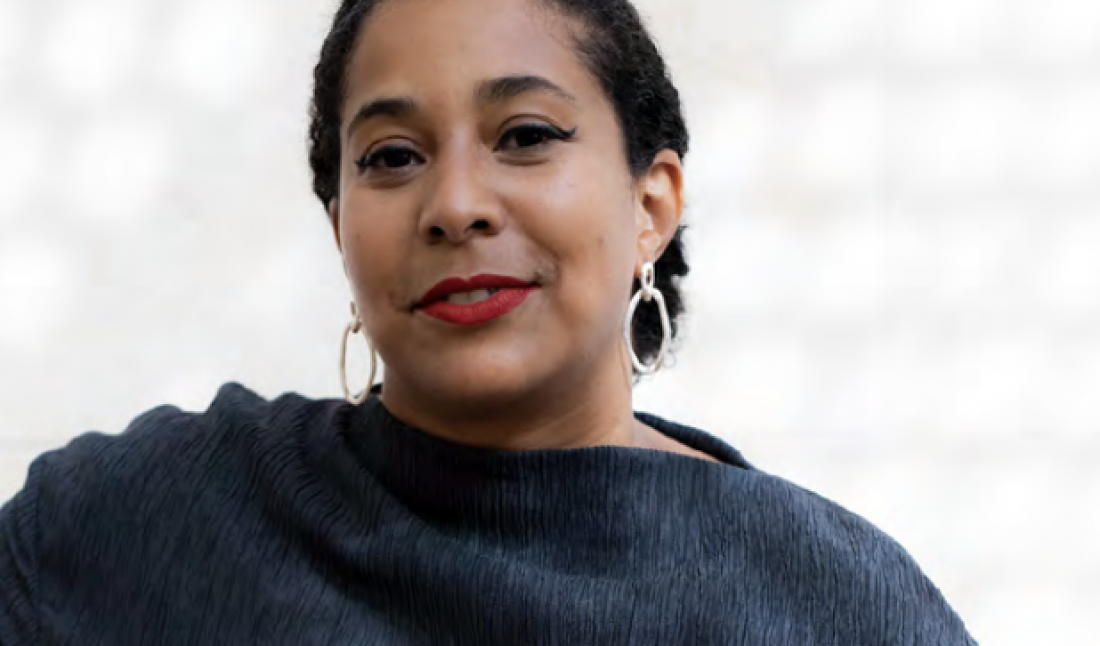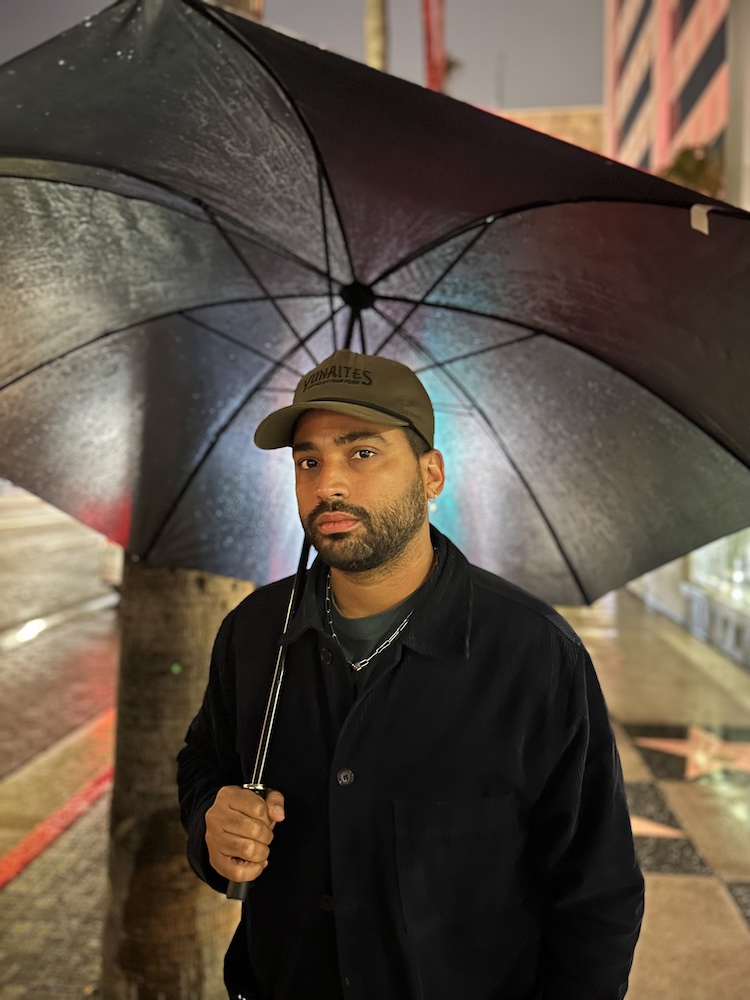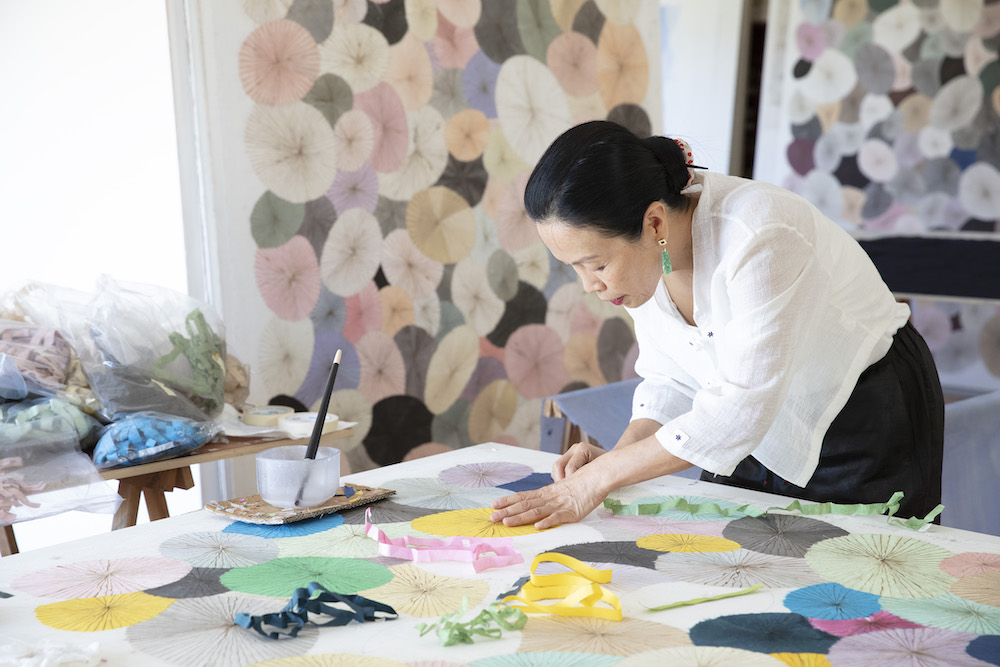At the beginning of this year, Vivian Crockett began a position as curator at the New Museum. She brings to the role experience from a range of institutions and organizations, including the Dallas Museum of Art, MoMA, Visual AIDS, and SFMOMA.
Opening this June, her first show at the New Museum will present new pieces by Doreen Lynette Garner. On view through October 9, 2022, “Revolted” will see the artist further explore themes of ancestral revenge through installation, sculpture, and performance—the result of her ongoing research into the inhumane and disturbing practices of the 19th-century physician J. Marion Sims.
Just a few days after Crockett took on her current position, Whitewall spoke with her to learn more.
WHITEWALL: What is it like to start somewhere as a curator?
VIVIAN CROCKETT: Every institution is so different, and I’ve worked in such a wide range. My first institutional experience was at the Musée d’Orsay, so you can’t get any more traditional. It’s always exciting to see the inner workings of the place. I’m spending a lot of time in meetings with different departments in the next couple of weeks. And I’m already focusing on my next show.
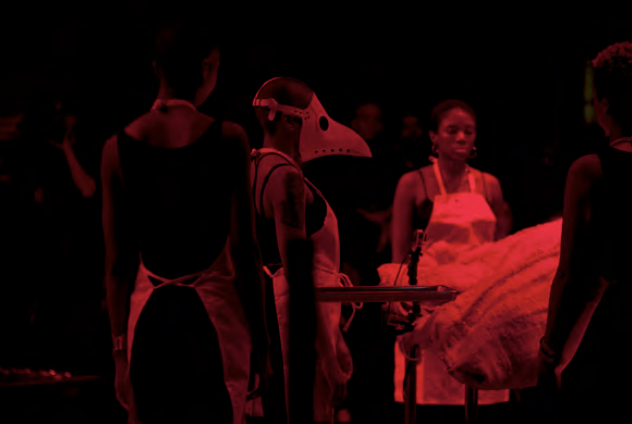 Doreen Lynette Garner, “Purge,” performance at Pioneer Works, Brooklyn, photo by Lexie Moreland,
courtesy of the artist, JTT, New York, and Pioneer Works, Brooklyn.
Doreen Lynette Garner, “Purge,” performance at Pioneer Works, Brooklyn, photo by Lexie Moreland,
courtesy of the artist, JTT, New York, and Pioneer Works, Brooklyn.
WW: What will it be?
VC: I’m working with Doreen Lynette Garner, who is an artist that I’ve known for many years. I first came across her work in 2015 at MoCADA, and I remember having this really intense, visceral reaction, which I think is how many people describe experiencing her work. It’s equal parts grotesque but also alluring. You can’t look away, and I love that tension in her work.
One of the perks of having been a freelance curator in New York for so many years—there aren’t that many pros [laughs]—is you build long-term relationships with artists. That relationship is mapped differently than it would be in an institution where you have a discrete project. So this project feels like a continuation of a conversation we’ve been having personally as friends for many years. Her work really thinks about the connections and parallels to present-day disparities in a really thoughtful way. And I think the pandemic has also brought new aspects to her thinking on these things. I’m excited to see where she takes it.
WW: The New Museum is a different model—it’s not a collecting institution. What about the position excited you?
VC: To make something new happen and a vision for an artist happen is always the most exciting. You see it really come to life. I have traditionally been a collections-based curator. I thought this was an opportunity to challenge myself. It’s been an existential moment for many of us around what it means to be in an institution in the current moment. And the New Museum is a place that has been historically, because of its scale and the way it functions, more fexible in responding to current issues—in the arts or socially or politically. So having that nimbleness and flexibility for experimentation is definitely appealing.
And I think the collaboration is such a huge part of the ethos of the museum. The curators collaborate a lot. We sit down and brainstorm together, have those moments of planning, which I think is really generative and ideally the way it should be done.
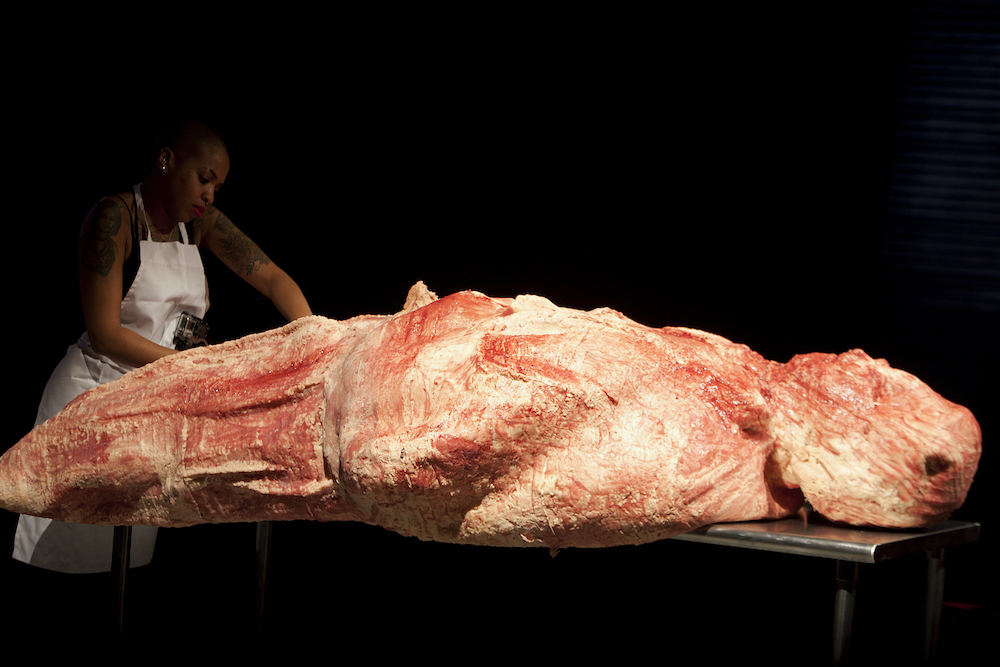 Doreen Lynette Garner, “Purge,” performance at Pioneer Works, Brooklyn, photo by Lexie Moreland,
courtesy of the artist, JTT, New York, and Pioneer Works, Brooklyn.
Doreen Lynette Garner, “Purge,” performance at Pioneer Works, Brooklyn, photo by Lexie Moreland,
courtesy of the artist, JTT, New York, and Pioneer Works, Brooklyn.
WW: So much of your work as a curator has been rooted in the intersection of art and activism. Have they always been connected for you?
VC: It’s always been there. My first museum job after undergrad was at SFMOMA. I spent my nine-to-five daytime hours at my museum job, and then I was part of this organizing collective. It was a queer-based collective, and we did work around migrant justice, labor justice, and labor and housing rights. Being in San Francisco, where there is so much history of activism, informed my thinking about bringing that art sensibility to political thought. That has shaped how I think artistically about sociopolitical issues and the work that I curate.
WW: Given that, how do you see your role as a curator?
VC: One of the biggest parts is being an advocate for artists in their interface with the institution. I think artists bring a lot of new exciting pushbacks to the way that institutions have traditionally functioned, and they often lead the way of imagining how to do things differently. That part is fun, when the artist takes you in new directions.






